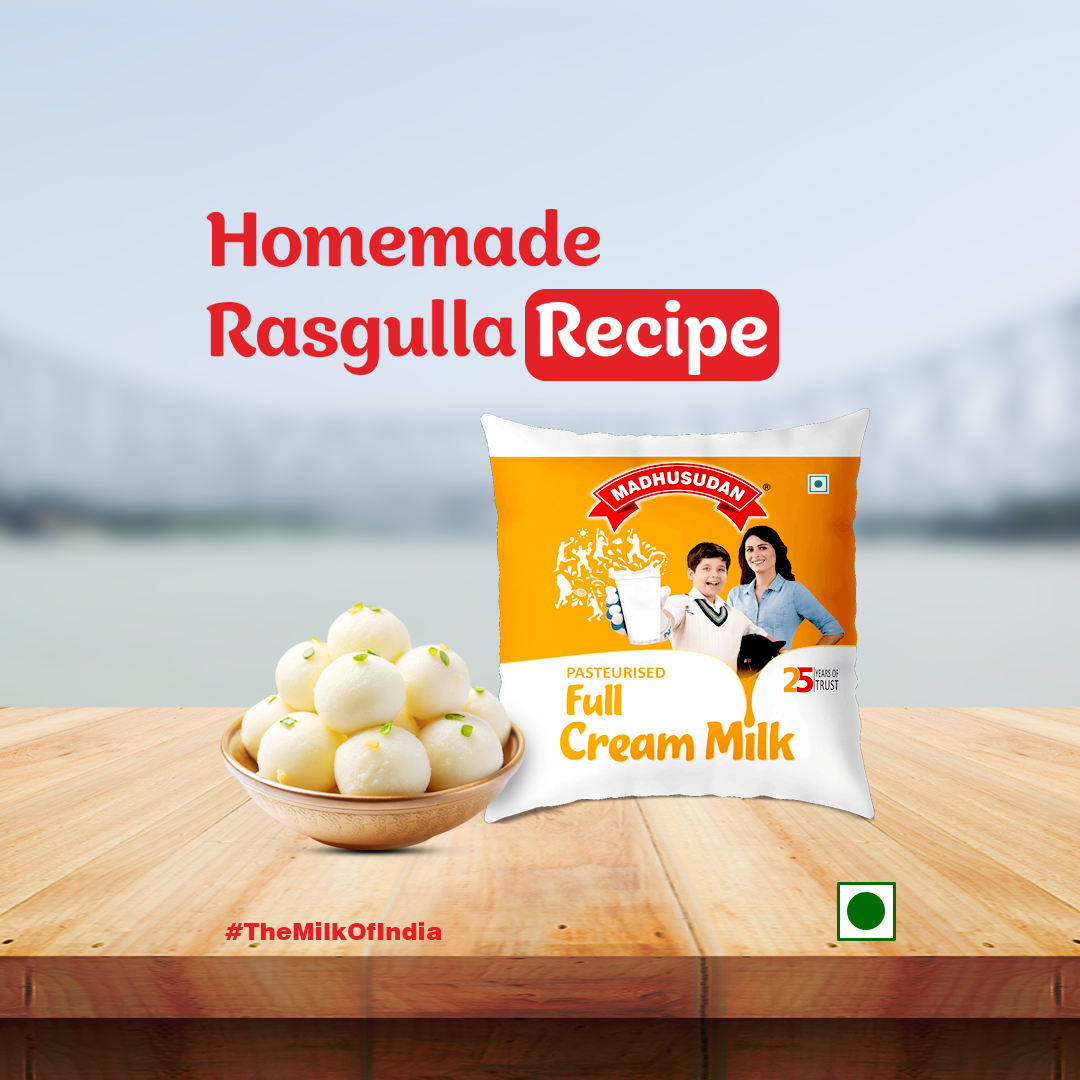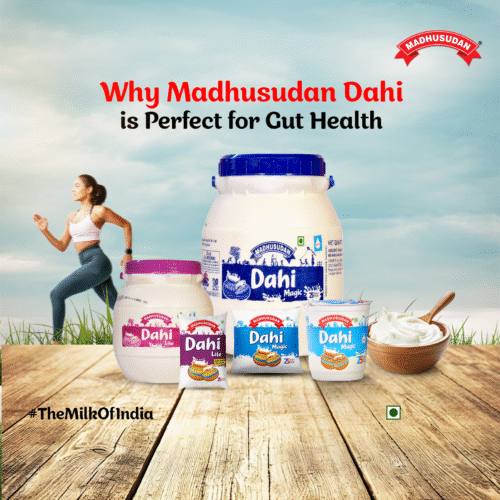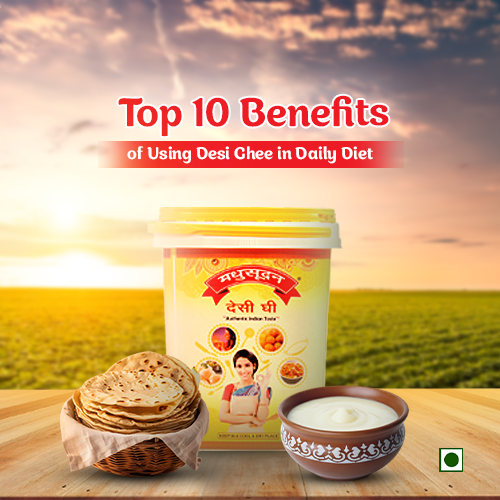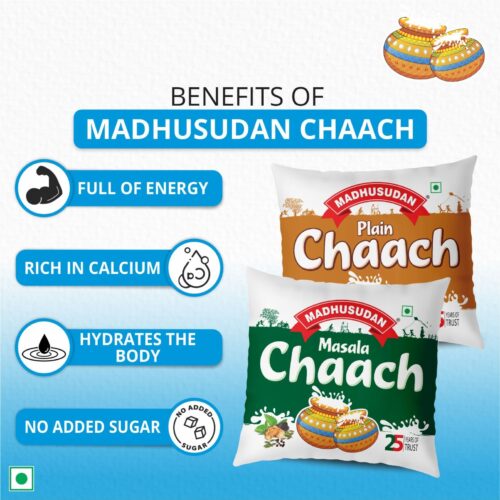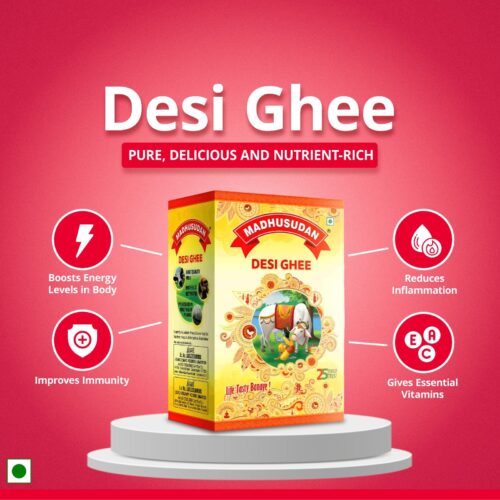Introduction
Diwali just doesn't feel complete without rasgulla on the table. These spongy white balls filled with sweet syrup are comfort food at its best. Making rasgulla at home is way easier than people think. Homemade ones taste so much fresher than shop-bought versions. The texture is lighter too. This rasgulla recipe will walk through everything needed to make them perfectly.
Ingredients Required
The rasgulla recipe ingredients are honestly pretty basic stuff.
- Madhusudan Full-fat milk (1 liter) – This is the heart of the recipe. Low-fat or skimmed versions? Skip them. They mess up the texture completely.
- Lemon juice (2-3 tablespoons) – This curdles the milk perfectly. Vinegar sitting in the kitchen? That works just as well.
- Sugar (1.5 cups) – For that sweet syrup the rasgullas swim in.
- Water (4 cups) – Mixes with sugar to create the cooking syrup.
- Cardamom powder (optional) – A tiny pinch adds wonderful aroma. Totally skip it if not available though.
Many people love trying the Rasgulla recipe with Madhusudan Skimmed Milk Powder, it’s a quick and convenient choice, especially because of its great quality. But when it comes to that authentic, melt-in-the-mouth taste, fresh Madhusudan milk still wins every time.
Step-by-Step Rasgulla Recipe
The rasgulla recipe step by step is simpler than it looks. Just follow along:
Making the Chenna:
- Start by boiling the Madhusudan full cream milk – pour it into a heavy-bottomed pan and let it simmer until it starts bubbling nicely.
- Then comes the lemon juice, lower the heat and add it slowly like 2-3 tablespoons, stirring gently as you go.
- You’ll notice the milk separating into soft curds and a light yellow-green whey, that’s exactly what you want.
- Strain immediately – Dump everything through a muslin cloth right away. Don’t wait around.
- Rinse well – Run cold tap water over those curds for a good minute. This gets rid of that sour lemony taste completely.
- Drain it out – Squeeze the cloth tight and hang it somewhere for 30 minutes. Patience here pays off later.
Kneading and Shaping:
- Kneading – Put that drained chenna on a clean surface. Now work it with your palm for 10 solid minutes. It should feel smooth and slightly greasy.
- Roll perfect balls – Take small portions and shape them into smooth rounds. Check each one carefully. Even tiny cracks will ruin things during cooking.
Cooking the Rasgullas:
- Make the sugar syrup – just mix sugar and water in a pan or kadhai, then let it come to a nice rolling boil.
- Drop them in – Once bubbling nicely, slide those balls in gently. Cover with the lid immediately.
- Cook without peeking – Medium-high heat for 15 minutes. Don’t lift that lid. Not even for a second. The rasgulla will puff up to almost double size.
- Let them rest – After cooking, just leave them alone in that syrup. Let everything cool down naturally.
Tips for Soft & Spongy Rasgullas
No shortcuts here, full-fat Madhusudan milk is the real hero. Knead the chenna till it starts feeling sticky on the palms. That’s the signal to stop. The syrup needs to keep bubbling the whole time. Not boiling wildly, just steady bubbles. Pick a pan that’s wide enough. Rasgullas need space to grow. Opening the lid during cooking drops the temperature.
Serving Suggestions
Cold rasgulla tastes best. Let them chill in the fridge for a few hours, cold rasgullas taste heavenly. Serve them soaking in that luscious syrup, sprinkle some chopped pistachios on top, and finish with a few strands of saffron for that royal touch.
Common Mistakes to Avoid
Over-kneading ruins the whole rasgulla recipe. They become hard and rubbery. Not kneading enough is equally bad. The balls fall apart while cooking. Less water in syrup creates flat shapes instead of round ones. Low flame cooking makes them chewy. Wet or greasy hands create cracks while shaping.
Conclusion
This rasgulla recipe brings pure magic to your festival. Sweets made at home carry love in every bite, something money just can’t buy. Try making these with Madhusudan World products this festival. The quality makes such a difference. The effort is completely worth every minute. You’ll see it in everyone’s smiles, that’s the real joy of Diwali. Wishing you a very Happy Diwali and lots of happy moments in your kitchen!

